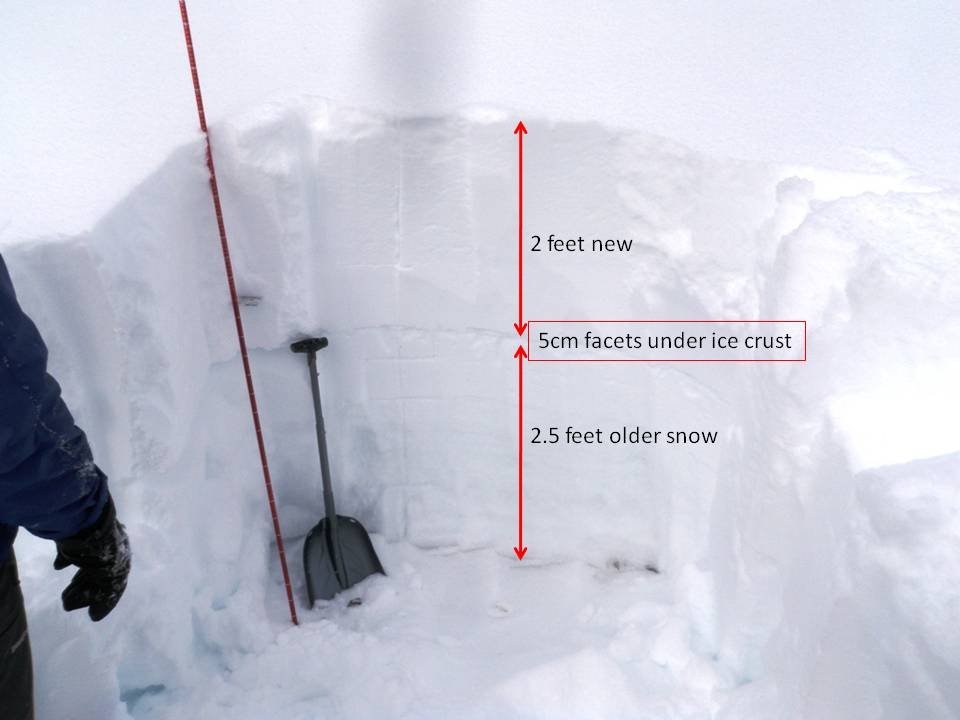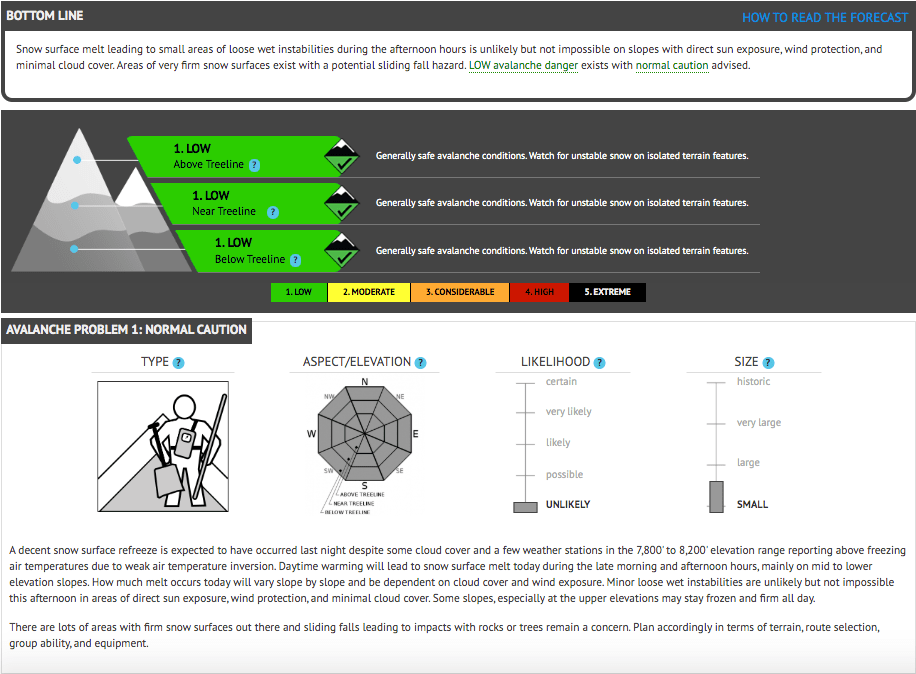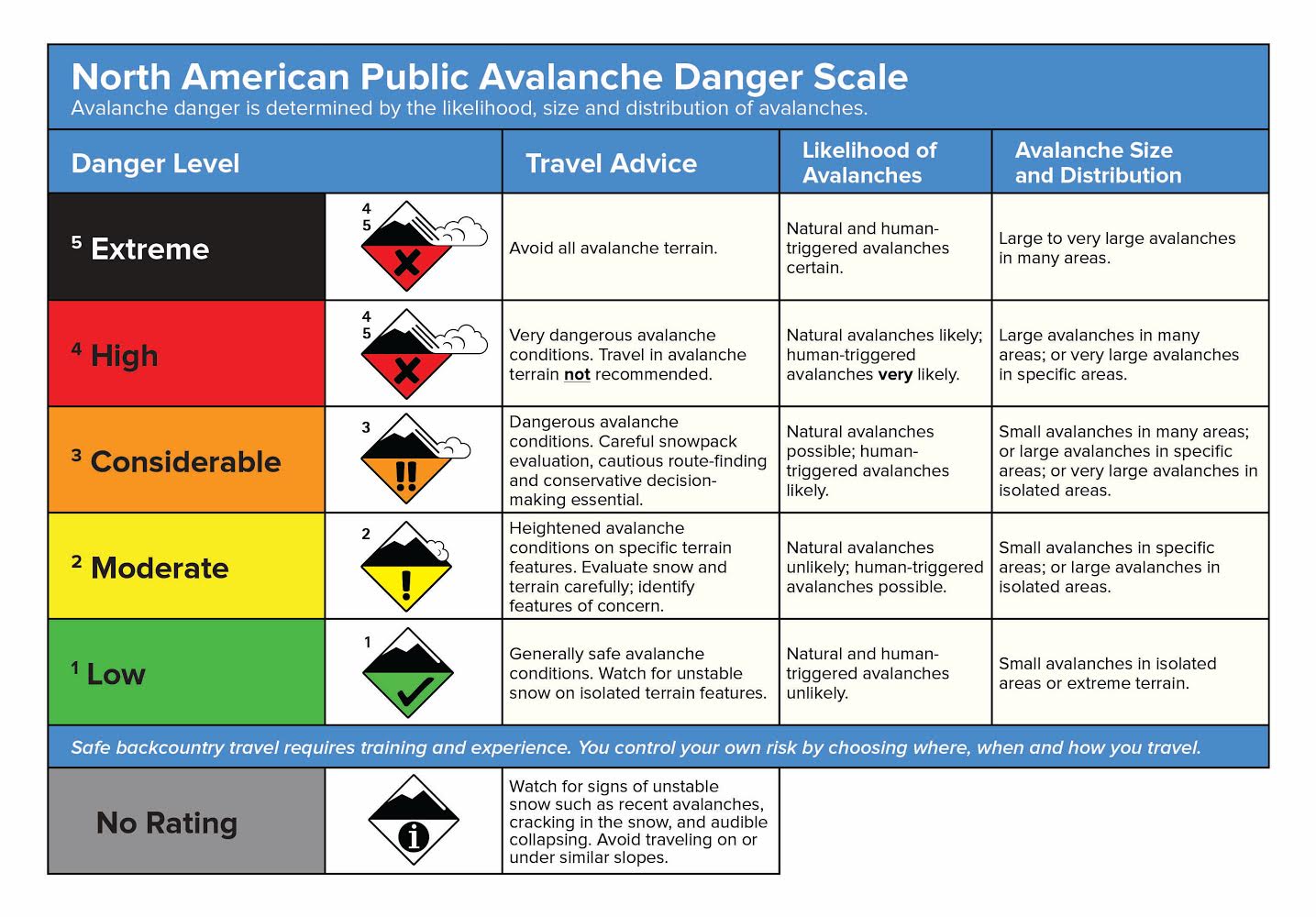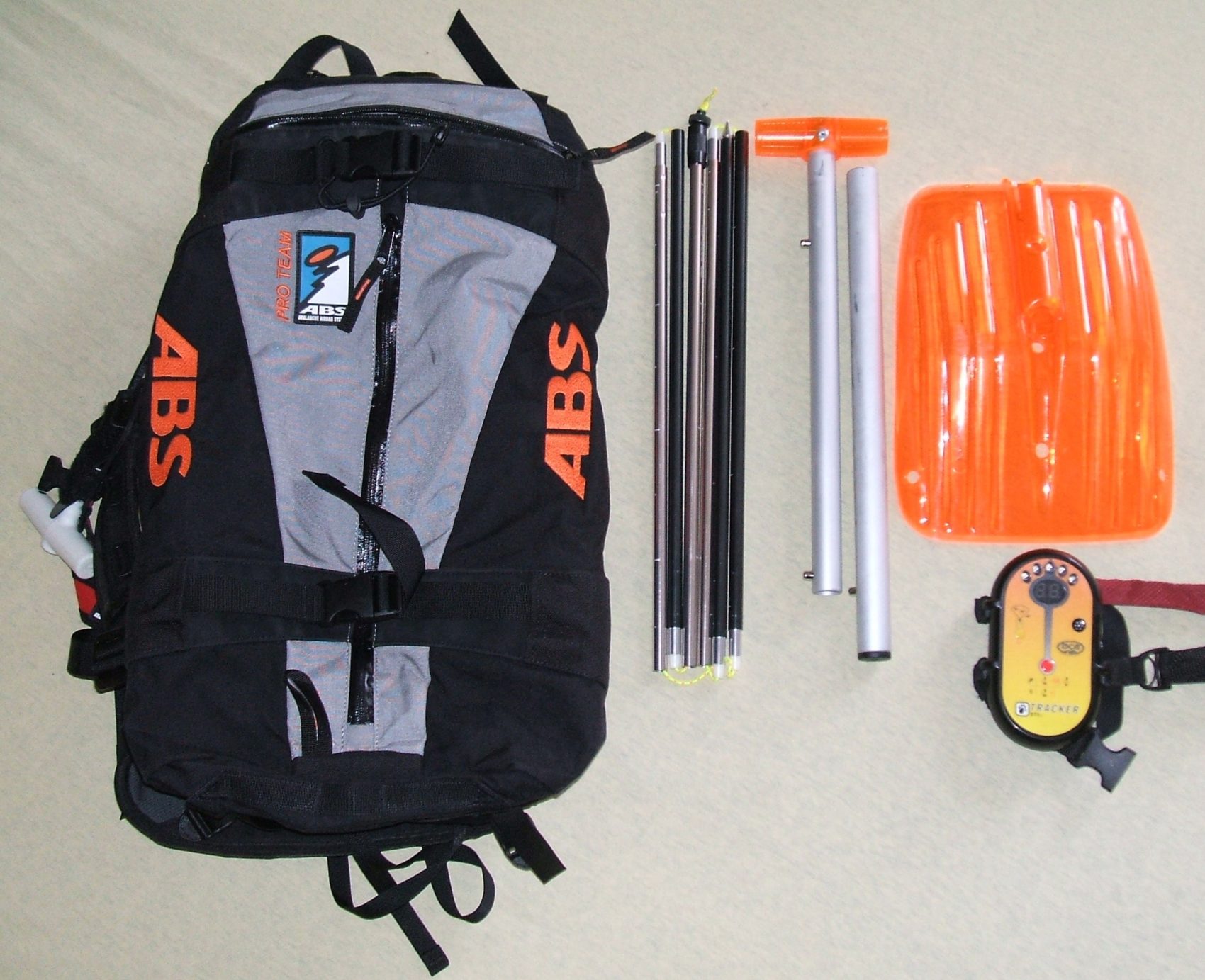
Hopefully, everyone who accesses the winter backcountry environment is familiar with avalanche forecasts. For those who have not yet ventured into the backcountry, or those who are not familiar with all safety considerations, here is a synopsis of how avalanche forecasts are made and why they are so important.
The first avalanche forecasts began in 1973 in Colorado. Today, the National Avalanche Center in the United States oversees 22 avalanche centers across the country. Of those, 14 are operated by the forest service, 7 are run by nonprofits, and one is managed by the state of Colorado. They are distributed across the country as follows: 4 in California and Montana, 3 in Idaho and Alaska, 2 for both Colorado and Oregon, and 1 in Utah, Washington, Wyoming, and New Hampshire. Yes, there are avalanches in New Hampshire. Though each avalanche center operated differently, the basic approach is the same.
Forecasters begin work around 4 am. That gives a few hours to publish the daily avalanche forecast before most people enter the backcountry, around 7 am. They use data from both observers and, where possible, weather stations.
Avalanche observers seek out remote terrain to make their assessment. They look for obvious clues, such as “recent avalanches, collapses, cracking, heavy snowfall, wind-drifted snow, and rapid thaw” according to Brett Kobernik, a longtime forecaster with the Utah Avalanche Center. Plus, he adds, they delve into snow science to make observations on “all the different layers, grain types, size of grains, temp gradients, and stability tests.” Essentially, they want to see how all of the accumulated snowfall will interact naturally or when disturbed by a person.
Though you need extensive training to make an avalanche report, reading the report is easy. Concise sentences and infographics condense a surplus of data into a digestible report. The forecast includes information on weather, snowpack conditions, types of avalanches that may be encountered, where those avalanches are most likely to occur, and an overall danger rating.

Reports made for a mountain range may only actually come from one or two pieces of data. So forecasters have to assume that conditions observed at a single location can be extrapolated to a much larger region. The public can report their own observations to an avalanche center and strengthen a report.
Avalanche forecasts and the hardworking people who help create them, including scientists, forecasters, observers, ski patrollers, and the public, save many lives, but not all. Over the last 10 years, avalanches have killed an average of 27 people in the US each year and injured many more. Time and experience will continue to improve forecasters’ ability to understand and publicly communicate avalanche dangers. The public must do their part to mitigate avalanche risks as well: “avalanche centers provide information and educational opportunities to empower individuals to better manage their own risk in avalanche terrain” (National Avalanche Center.)

An avalanche forecast is just one tool of many to assist in backcountry snow travel. At a minimum, everyone in a group must have a shovel, beacon, and probe, and know how to use them. Avalanche courses, often subsidized by avalanche centers, teach individuals how to read a snowpack, make their own informed observations, and use avalanche tools.

There are various entities beyond avalanche centers that teach avalanche safety and awareness. Know Before You Go and The American Institute for Avalanche Research and Education are two such initiatives. Have you taken an avalanche class?